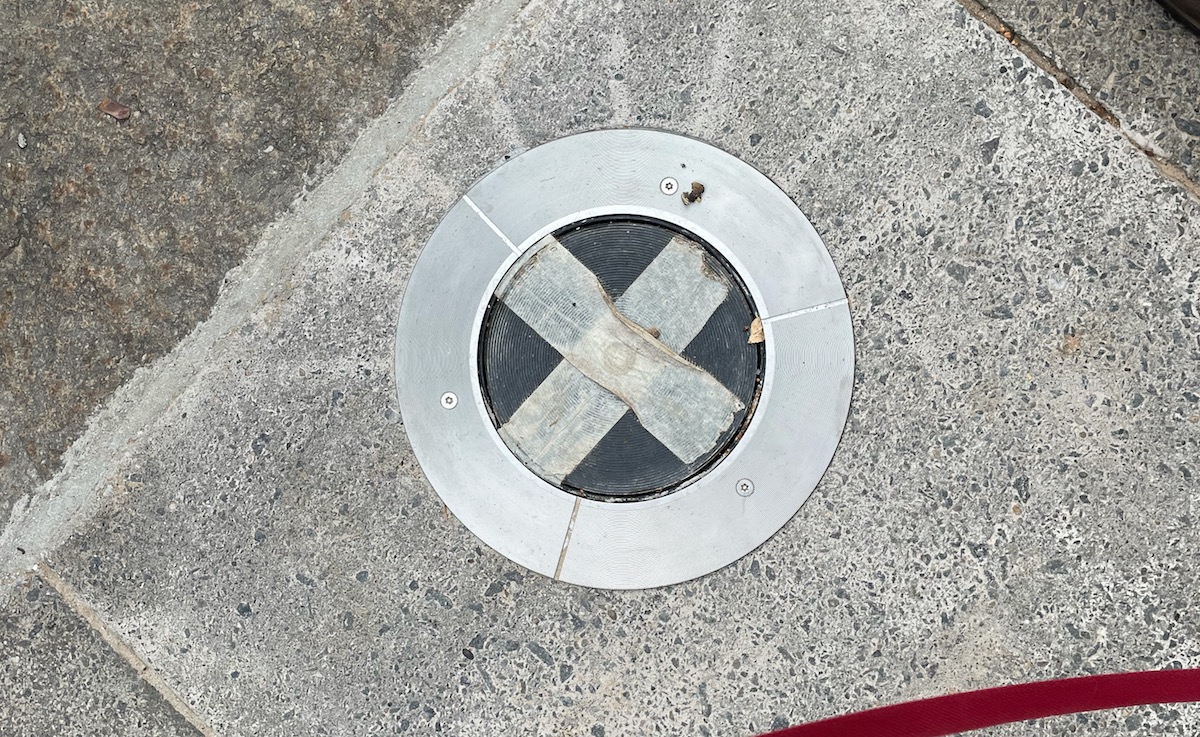Jef Geys (born Leopoldsburg, Belgium,1934) known for his installations, photography and conceptual work, has died age 83. He grew up in Faytlaan, Leopoldsburg attending school at the Brothers of Love. He studied in the Academy of Antwerp under Piet Serneels, Maclot, Dolphyn and Strebelle, then gained a teaching diploma from the state school of Hasselt before starting work teaching in Sint-Lambrechts-Woluwe. In 1960, Geys was an appointed Teacher of Positive Aesthetics at a children’s school in Balen until he left the position in 1989. The school focused on the educational experimentation in the arts, and included a studio and exhibition space, and arts laboratory.
Geys was perhaps best known for his strong social and political motives of his work
His proposal to blow up the Koninklijk Museum voor Schone Kunsten (KMSKA) Museum in Antwerp in 1971 at the end of a solo exhibition held there received international notoriety. Over the years he made a radical break with art as something autonomous. His work presented itself as a critical analysis or communication of knowledge in the form, among other things, of everyday objects and images that he finds in his familiar surroundings (Balen) and which in some cases he distributed in his ‘Kempen Information Sheets’. He not only carried out critical studies of the value and originality of art, the museum as an institution and the aura of the artist, but also tackled broader societal topics. He reversed or undermined hierarchies by means of switched identities, infiltrating his work into unusual settings and introduced the ordinary things of life into his art. At regular intervals he distilled new syntheses from his archives of the everyday and thereby questioned clearly delineated patterns of thought concerning art and life.
Jef Geys’ work was decisively and adamantly local, all of it conceived and orchestrated from his home and headquarters in Balen, Flanders, where Geys had been based for over half a century. Since the 1960s, Geys used the newspaper Kempens Informtieblad – once a local news organ but now fully owned and edited by Geys – to organise and disseminate information, analysis and documentation relating to his work and its socio-political context (one recent example was his Flemish translation of the interview with Julian Assange by Hans Ulrich Obrist).
Geys had a longstanding interest in superimposing economies of meaning that run counter-intuitively to the pervasive structures of the art world. This process of superimposition can perhaps be best understood in Geys’ ongoing insistence that his own context of Balen be situated centrally not just in the material of his work but also in its distribution and reception via Kempens. The status of Geys’ local context throughout his extensive archive determines that his work be understood through unique personal contingencies but also it offers a strict universalising condition that all ‘publics’ – not just those designated at the supposed centres of cultural life – be afforded equivalent treatment.
Geys was chosen to represent Belgium at the 53 Venice Biennale. His pavilion titled Quadra Medicinale was well received. He also participated in Documenta 11 (2002), São Paulo Biennial (1991) and last year produced a series of stamps for Belgium’s national postal service. Recent exhibitions included Wiels, Brussels (with Monir Shahroudy Farmanfarmaian); CNEAI, Paris (both 2013); Culturgest, Lisbon (2012); MKHA, Antwerp (2011); Orchard, New York (2006); Van Abbemuseum, Eindhoven (2004) and Kunstverein Munich (2001). This is Geys’ first solo exhibition in the United Kingdom.
His work has been represented by a number of international galleries showing at Art Basel and Frieze. Chris Dercon former Director of Tate Modern and Witte de With, Rotterdam, commissioned a project from Guys titled What are we having for dinner tonight?
Recent work which, like his earlier work, arose out of his critiques of institutions and political-social issues formulated incisive questions and answers concerning the significance of art and museums and other topics. Geys cast an eagle’s eye over what in his view was and was not, what is and is not, and what could have been and could still be.
Read More About Jef Geys Here

